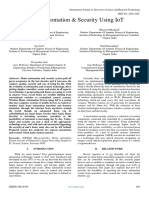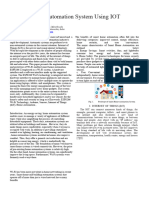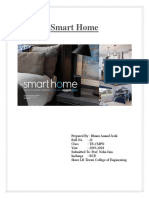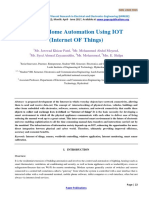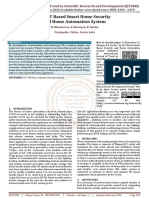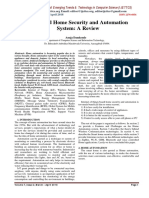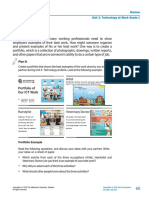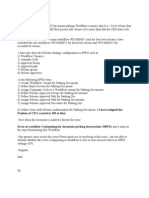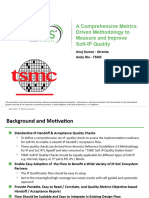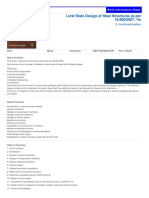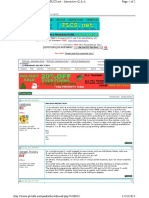0% found this document useful (0 votes)
14 views4 pagesResearch Paper6may
This research paper explores the evolution and implementation of smart home automation systems, focusing on enhancing convenience, energy efficiency, and security through IoT and AI technologies. It discusses various stages of development, including basic automation, wireless communication integration, and predictive automation, while also addressing security vulnerabilities and the importance of cybersecurity. The proposed smart secure home automation system demonstrates significant improvements in security and energy efficiency, offering remote control capabilities and user-friendly features.
Uploaded by
Utsav PalCopyright
© © All Rights Reserved
We take content rights seriously. If you suspect this is your content, claim it here.
Available Formats
Download as DOCX, PDF, TXT or read online on Scribd
0% found this document useful (0 votes)
14 views4 pagesResearch Paper6may
This research paper explores the evolution and implementation of smart home automation systems, focusing on enhancing convenience, energy efficiency, and security through IoT and AI technologies. It discusses various stages of development, including basic automation, wireless communication integration, and predictive automation, while also addressing security vulnerabilities and the importance of cybersecurity. The proposed smart secure home automation system demonstrates significant improvements in security and energy efficiency, offering remote control capabilities and user-friendly features.
Uploaded by
Utsav PalCopyright
© © All Rights Reserved
We take content rights seriously. If you suspect this is your content, claim it here.
Available Formats
Download as DOCX, PDF, TXT or read online on Scribd
/ 4





